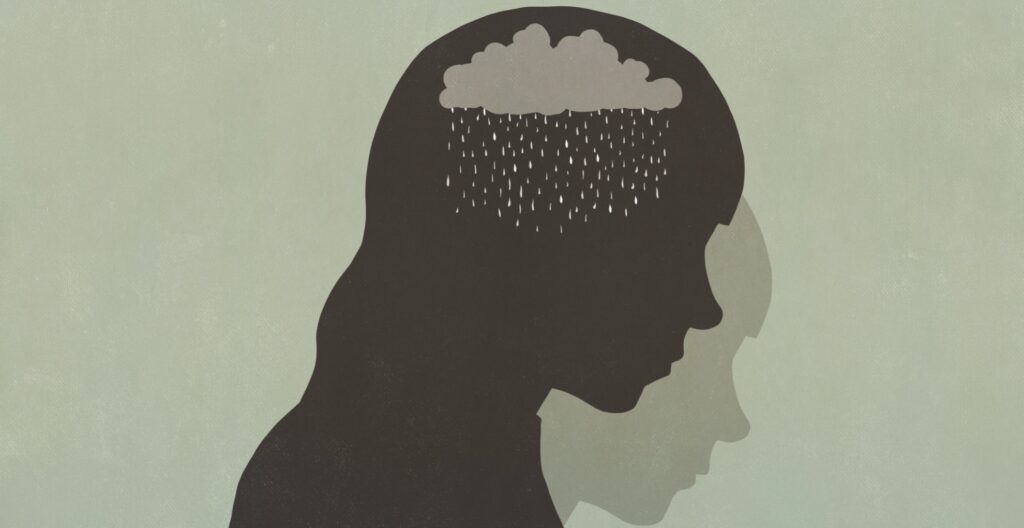We try to section it off. Keep it behind a door. Tuck it into the margins of experience. But grief, no matter how carefully we try to contain it, always finds its way back in.
Because grief is not the interruption of life. It is part of it.
And if we let it, it can show us how to live more honestly.
Not an Exception, but a Continuation
There’s a moment in My Mother, My Love, My Child by Gilles Chagnon when he understands, with a clarity that feels both sharp and tender, that his mother’s death will not be the end of their relationship. Instead, it will mark the beginning of something transformed—quieter, invisible to the eye, yet deeply alive. Her voice may soften to a whisper, her body may grow frail and begin to slip away, but the thread between them remains unbroken. That love, constant and luminous, continues to exist—woven into memory, sustained through ritual, preserved in the words they once shared and the ones he still speaks to her in silence.
This is not a sentimental illusion. It is the truth of grief as Chagnon has come to know it. Grief does not sever; it reshapes. It alters the form of connection, teaching us to carry those we love in ways we never imagined—inside the patterns of our days, within the language of our hearts, and in the small, enduring gestures that keep them near.
No Timeline, No Finish Line
We like to believe that grief is something we can complete. That it comes with tidy, numbered stages, and if we move through them in the “right” order, we’ll eventually emerge into some brighter, untouched place. But there is no “after grief.” There is only life with grief—woven into it, breathing alongside it.
Some days, grief is a faint whisper, a shadow that barely grazes the heart. Other days, it is a sudden storm, fierce and unrelenting, soaking everything in its path. It returns in unexpected ways—a smell from a forgotten kitchen, the sound of a familiar song, a street name glimpsed in passing, the taste of a dish once made with love. It catches you off guard, settles beside you, and refuses to be hurried away.
Chagnon does not try to run from it. He lets it speak in its own strange language. He answers it with pen and page, with quiet listening, with long walks under grey skies. He doesn’t seek to banish it, or to “heal” from it in the way people often expect. Instead, he learns to live alongside it—because grief, he understands, is not the enemy of wholeness. It is a part of it.
Grief Teaches Attention
When someone we love disappears from the world, the world itself seems to shift and sharpen. The ordinary becomes almost unbearably vivid. We start to notice things again—the way light falls on a quiet room at dusk, the faint dust motes drifting in the air, the familiar curve of a favorite cup resting in its place, the sudden ache in music we once played without a second thought.
Grief slows us down, pulling us out of the rush of days. It makes us listen more carefully, see more clearly, and feel more deeply. It teaches us, in ways we might resist, that presence is precious. That nothing is promised. That the simple act of showing up—for each other, for ourselves—is a quiet form of reverence, a way of saying: I see you. I am here.
It is not an easy lesson to learn, nor one we would ever choose. And yet, in the hollow space it leaves behind, we sometimes find a strange clarity—an understanding that even in absence, love remains, shaping the way we move through the world.
Not the Opposite of Love
Grief is not the opposite of love. It is the echo of it.
To grieve is to remember with feeling. It is to insist—despite absence—that connection still matters. That the people we lose remain part of who we are.
Chagnon writes through that echo. He doesn’t try to silence it. He shapes it into language, so that even in sorrow, something can still be shared.
Living With It
Eventually, grief becomes a room we live in. We dust its corners. We learn to open the windows. Sometimes we sit there quietly. Other times, we invite someone in.
And slowly, we begin to understand: grief doesn’t ask us to forget. It asks us to remember differently.
It becomes part of the architecture of our lives—not always visible, but always present.
Read My Mother, My Love, My Child and experience a story that doesn’t just speak about loss—it listens to it. Through tender moments, vivid memory, and quiet devotion, Gilles Chagnon invites us to see grief not as an end, but as a deeper way of loving.
Let this book accompany you, wherever you are in your own journey.


